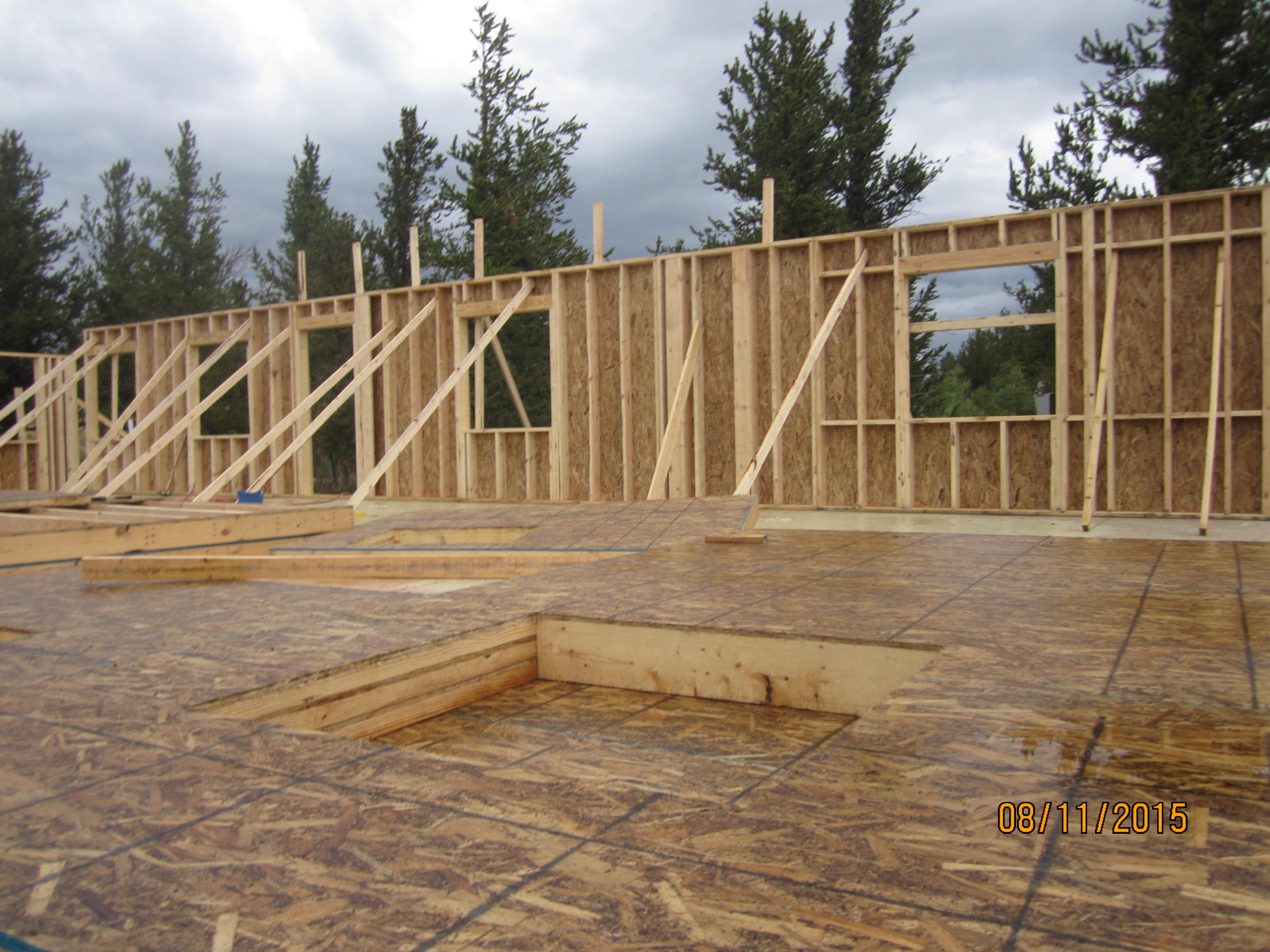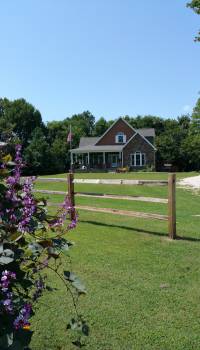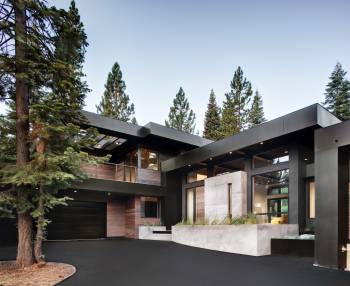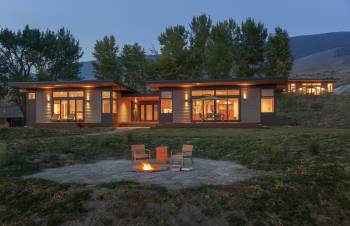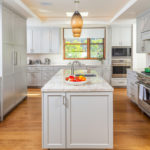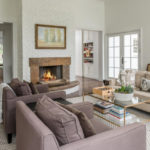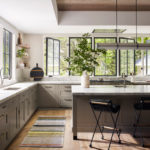
By Melissa Dittmann Tracey, REALTOR® Magazine
Prefab housing is shaking up the architecture world, touting attention-getting designs that are giving factory-built housing a new reputation. Manufacturers are also adding in greater abilities for home buyers to customize these homes, despite sections of them being mass produced in a factory setting.
Known for faster build times, prefab housing is making more in the building and real estate industry to take notice too. They’re eyeing prefab housing as the answer to adding more inventories of housing in markets that desperately need them. And with the ease, in some cases, of designing homes right from the Internet, your new-home buyers may especially be intrigued about their growing options with prefab.
Manufacturers say real estate professionals are a big piece in helping prefab overcome its sometimes bad rap, mostly from the public’s misunderstanding of what it is and what is not. Read more: Shunning Prefab Preconceptions
Also, as this building style grows in popularity, make sure you’re aware of it yourself — and not spreading misperceptions either. Here’s a quick overview
What is a prefab?
This generic term (abbreviated from “prefabricated”) often refers to a home partially or fully produced in a factory, later delivered for assembly onsite. Factories may create everything from roofs to entire rooms.
Prefab types encompass several categories:
- Panelized: Prefabricated sections like walls, floors, and roofs are created in a factory and delivered to the job site.
- Modular: Some 70 percent or more of the home may be completed in the factory, with full rooms or modules built and then delivered to the site, where they’re connected to create the home.
- Manufactured: Formerly called mobile homes, these are built on nonremovable steel frames and transported to the site. They must meet federal building codes and are subject to different financing requirements than modular, panelized, and traditional housing.
Prefab also often is used to describe a more specialized type of homes, such as dome homes, modular log cabins, tiny home kits, or shipping container homes.
How common is it?
Prefab still makes up a relatively small supply of housing. Around 14,000 to 15,000 homes a year are built using modular methods, which only makes up about 1.5 percent of housing starts, according to data compiled by Fred Hallahan, a housing consultant with Hallahan Associates in Baltimore, Md. Modular housing is most common in the Northeast, where construction costs are highest. There, modular housing made up about 4 to 6 percent of all homes built in the region in 2015. Hallahan says it’s more difficult to quantify how many homes are being built using a panel method. He estimates that around 100,000 panelized homes and 80,000 manufactured homes are built each year.
Can you tell a difference?
Hallahan says you’d have to be a building expert to be able to tell the difference between a panelized or modular home versus a stick-built one. Obviously, manufactured, shipping container, and dome homes are easier to distinguish from traditional homes.
Photo Courtesy: Method Homes; Method Cabin model 4 design Prentiss Balance Wickline Architects; Photo by: Sun Valley Photo
Photo Courtesy of Landmark Home and Land Co., LHLC.com
